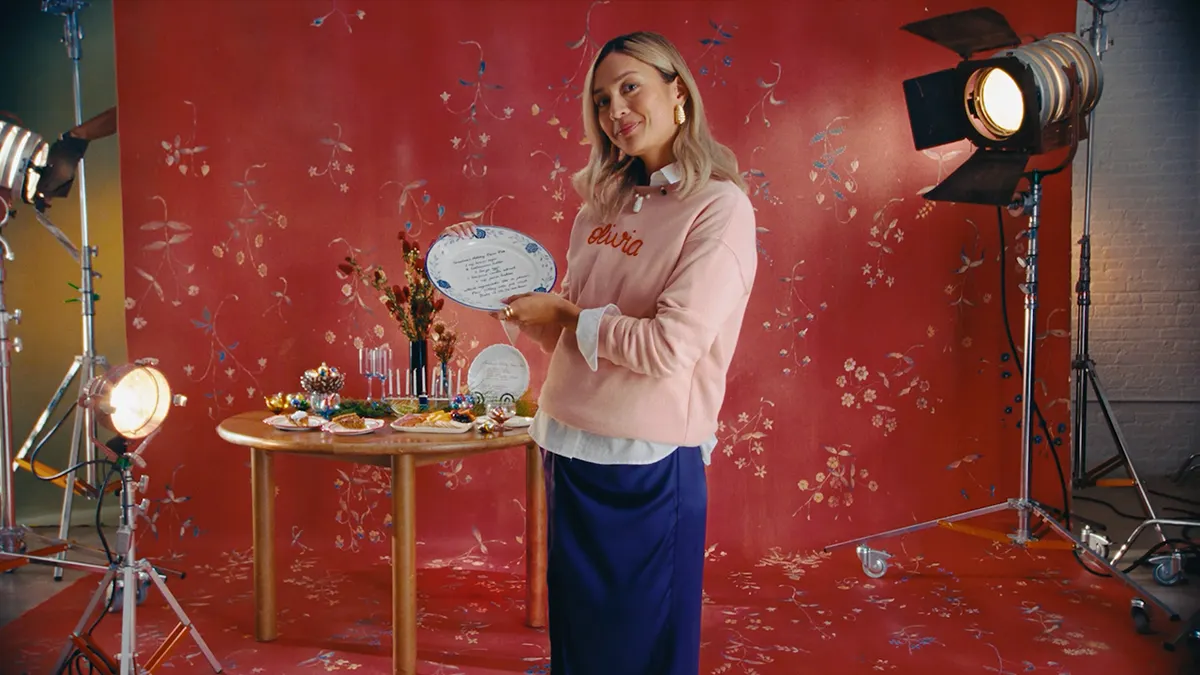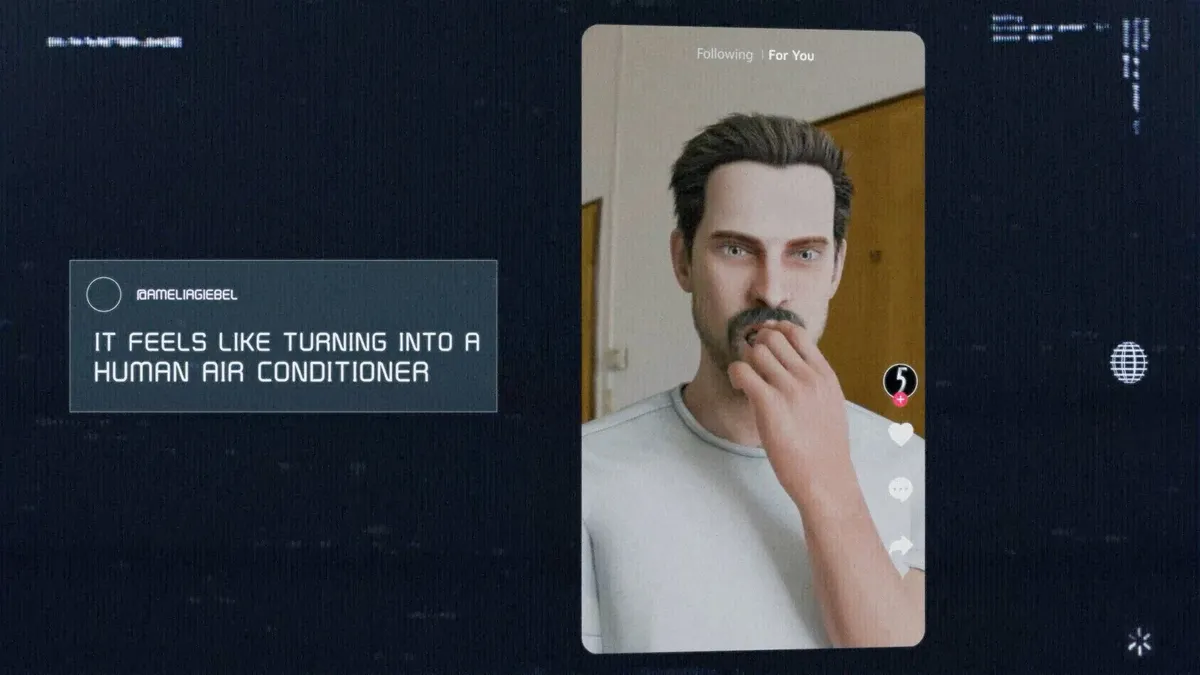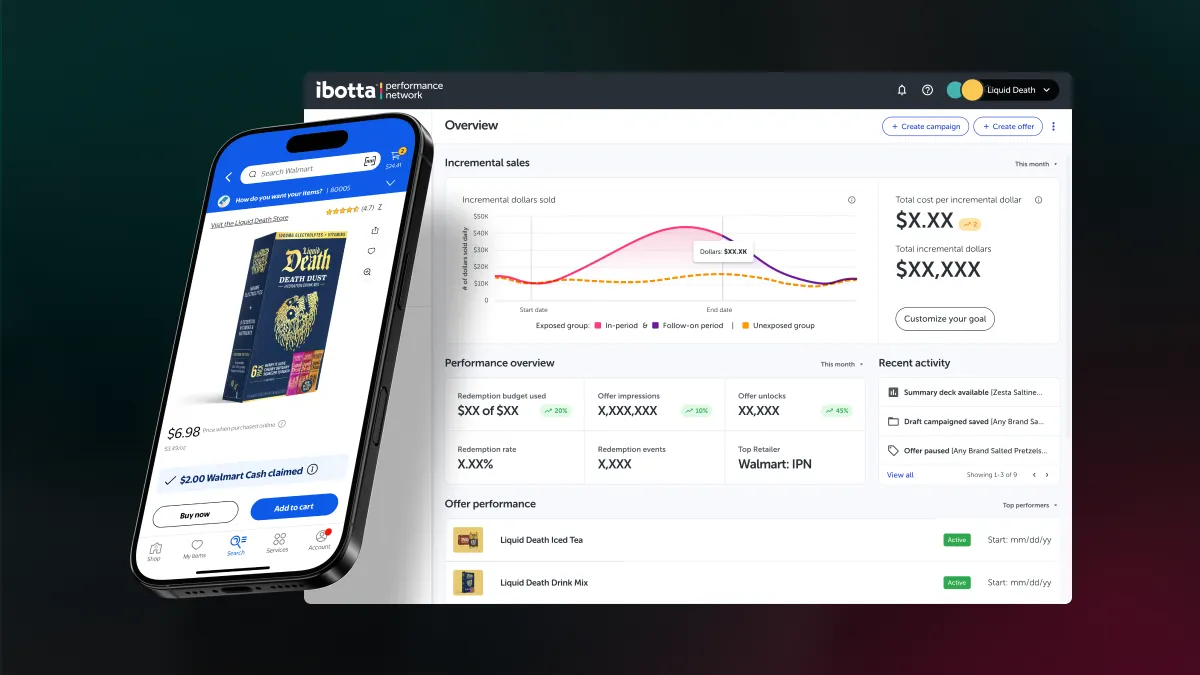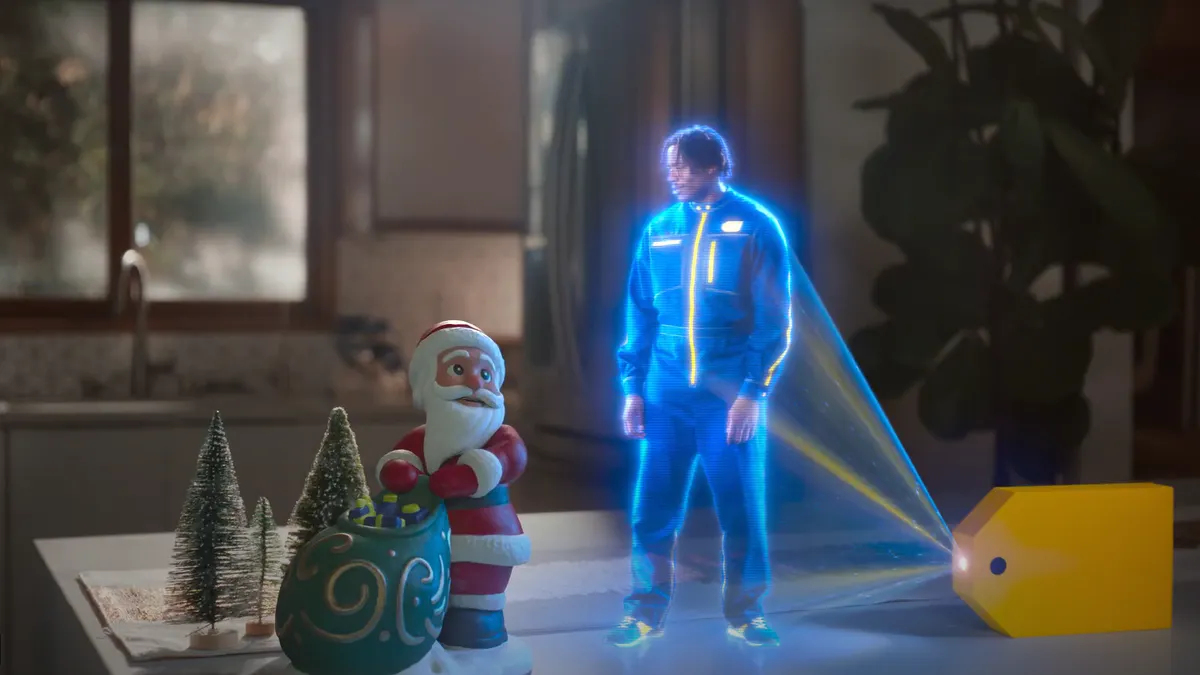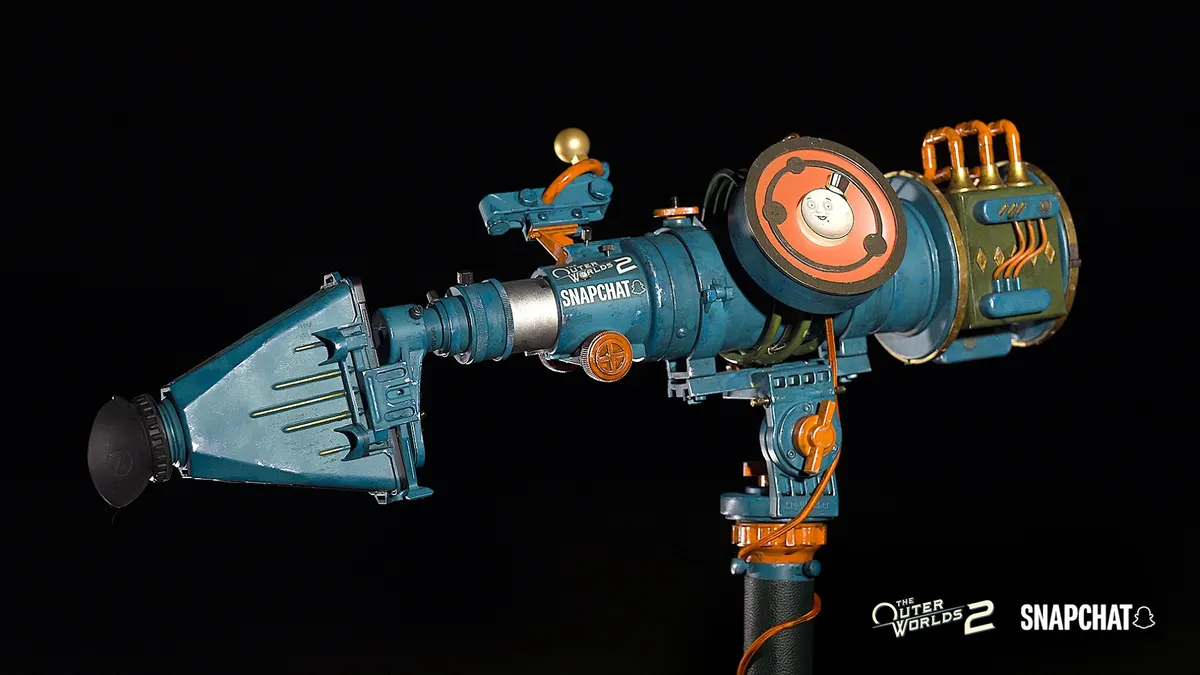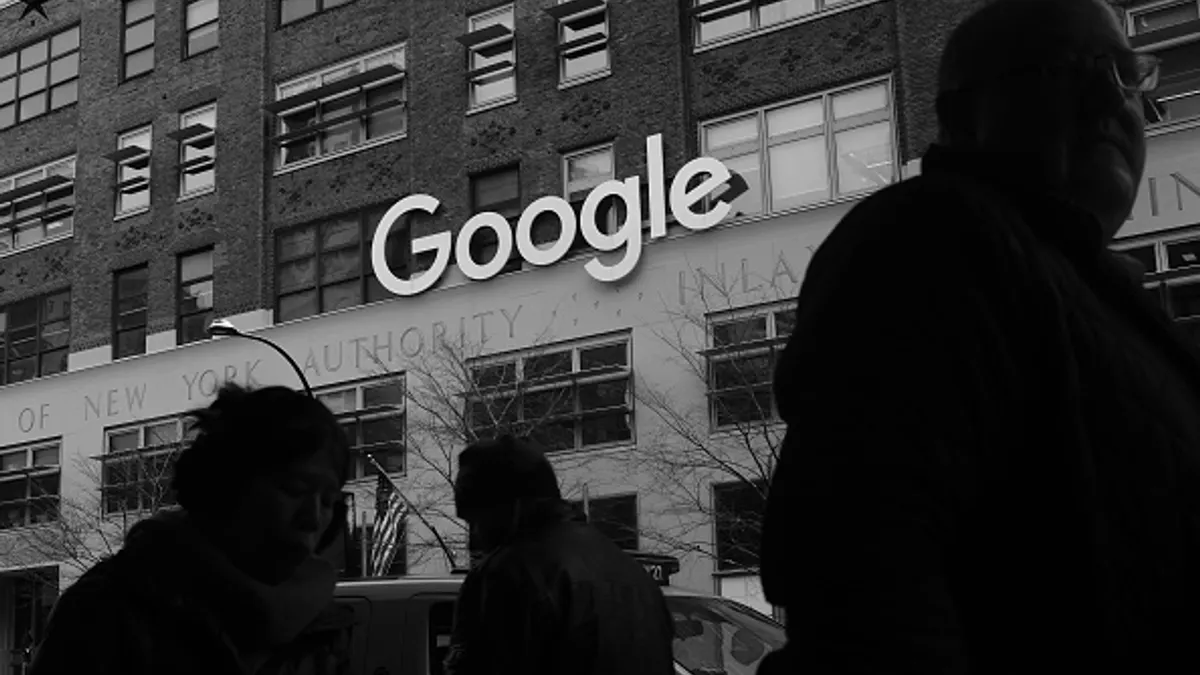The Consumer Electronics Show in Las Vegas is traditionally filled with so many gadgets and new technologies that attendees barely know where to look. CES 2018, on the other hand, may wind up being remembered more for what couldn't be seen than what could.
A blackout caused by excessive rain, for example, kept those traipsing the exhibit halls literally in the dark for much of last Wednesday. Then there was the lack of women keynote speakers for the conference portion of CES 2018, which drew calls from Twitter CMO Leslie Berland and others for organizers to give women a larger role if the show is to remain relevant. For marketers, negative feedback about men dominating the keynote speaker lineup — as well as about a broader boys club atmosphere on the show floor — was a good reminder of how diversity and inclusion can influence the perception of a brand, whether for a manufacturer, retailer or event organizer.
Between those headline-grabbing moments, CES managed to offer some products and services that should also give marketers a sense of how they can use digital tools and devices to connect with consumers in a more meaningful way this year. These were some of the most prominent trends to watch:
Voice arrives loud and clear as a marketing channel
Some of the biggest tech vendors used CES to demonstrate how they're using voice-enabled devices and virtual assistants based on artificial intelligence (AI) as conduits for a range of everyday activities, from buying items to enjoying a car ride. Amazon, for instance, announced a partnership with Toyota to include its Alexa technology into the carmaker's 2018 model dashboards. Google, meanwhile, saw its massive outdoor tent washed out by rain, but managed to get attention for a line of "smart displays" that will work with its Google Assistant service to let consumers show videos from YouTube, look up items and so on.
According to a report from consulting firm CapGemini on conversational commerce released last week, shoppers who use voice technology today say 18% of their total spending will take place using such tools within three years. Mark Taylor, chief digital experience officer of CapGemini's Digital Customer Experience practice, said brands are likely to see interest in consumer transactions go beyond commodity items and toward higher-end products as more tools enter the market.
"You saw from CES that every man and his dog is releasing a (voice-enabled) device. We're just at the beginning in terms of the devices and capabilities," he told Marketing Dive, adding that the technology should trigger discussions about what’s 'on’ brand' from a voice perspective.
"Brands need to think what happens when voice is no longer a metaphor — we've been talking about 'brand voice' for 50 years," he said. "Now brand voice is going to be real. What does 'Tide' sound like?"
Virtual reality becomes more like real life
Marketers have long been excited about how to leverage virtual reality in their strategies, creating entire digital worlds or telling a more deeply immersive story in someone else's. But the reality is that consumers are still getting used to the idea of looking through VR headsets, much less making them a part of their day-to-day lives.
CES 2018 showed that the journey toward greater VR adoption might be picking up pace in 2018 with products like HTC's Vive Pro, a VR headset that offers higher-resolution OLED displays and a sizing dial in the rear to make it more comfortable. Samsung, meanwhile, set up an elaborate area in the main lobby of the Las Vegas Convention Center to show how its Gear VR headset could recreate the experience of going on an amusement park ride.
It was Lenovo, however, that may have gotten the most notice for the launch of its Mirage Solo, which senior vice-president and general manager Jeff Meredith described as the first standalone unit of its kind.
"There's no need for a desktop or smartphone. No messy cables," he said in a CES keynote that was live-streamed and recorded, adding that the offering is part of Lenovo's effort to move from just making great products to thinking more carefully about the experience customers have when using them.
Lenovo worked with Google to integrate its WorldSense technology into the Mirage Solo. As Clay Bevor, who leads Google's VR business unit explained during the presentation, WorldSense not only tracks the rotation of the user's head but how the entire body moves while wearing a VR headset.
"It dramatically increases the sense you're really there," he said. "You can duck, dodge — really just move naturally, and everything moves just as you'd expect it to in real life, and it really improves the experience.”
Driverless cars shift gears from consumer novelty to brand experience
In-car technology is a staple at CES, and, at 2018's show, Toyota didn't stop with its Amazon partnership. The auto giant additionally unveiled the e-Palette, a glassed-in autonomous vehicle that could be used by companies to showcase a mobile retail store, deliver food or even increase the ability for companies to get more done.
"Travel time is no longer driving time. It's increased efficiency and productivity time," the company said in a video of e-Palette that was shown during the keynote, which was also live-streamed. A researcher from a firm's innovation or R&D lab, for instance, could continue to get things done as he or she moves from one office location to another.
"Today you have to travel to the store. In the future [...] the store will come to you," Toyota Motor Corp. president Akio Toyoda said during the presentation.
Several brands are already ready to buckle up: Uber, Pizza Hut and others are all looking at ways to deliver brand experiences through e-Palette, which Toyota will officially pilot at the 2020 Olympic Games in Tokyo.
AR interest accelerates
Some of the biggest buzz at CES was not about an actual launch but potential plans for new products in augmented reality (AR). Bloomberg, for example, reported that executives from Apple — which traditionally does not exhibit at CES — flew into Vegas for secret discussions with AR suppliers, stoking rumors of "smart glasses" to come from the iPhone maker in the future.
Smart glasses aren't the only way brands could use AR, of course. A firm called Skully Inc. unveiled motorcycle helmets that integrate the technology to give riders a rear-view mirror, among other things. AR is also in many smartphone apps. In fact, Duncan Stewart, who leads a research team with consulting firm Deloitte, pointed out an app from Ikea that can show consumers what furniture might would look like in their home that launched in 2013.
"We've had AR for shopping on our phones for half a decade," Stewart said amid the release of Deloitte's annual technology predictions report last week. "The difference is now we can do things like drop shadows, floating effects and the imagery is of a much higher quality."
Though marketers could look at more sophisticated hardware to start with pilot projects, Stewart insisted most consumers' experience with AR will begin by dressing up selfies on Snapchat and Instagram with bunny ears and the like.
"AR adoption [is] like video ping pong," he said, recalling the rudimentary games that brought arcade-like experiences into the home. "Experimenting through play is a perfectly acceptable path to consumer acceptance."
Now that CES 2018 is over, it's marketers' turn to see what the latest toys can do.






